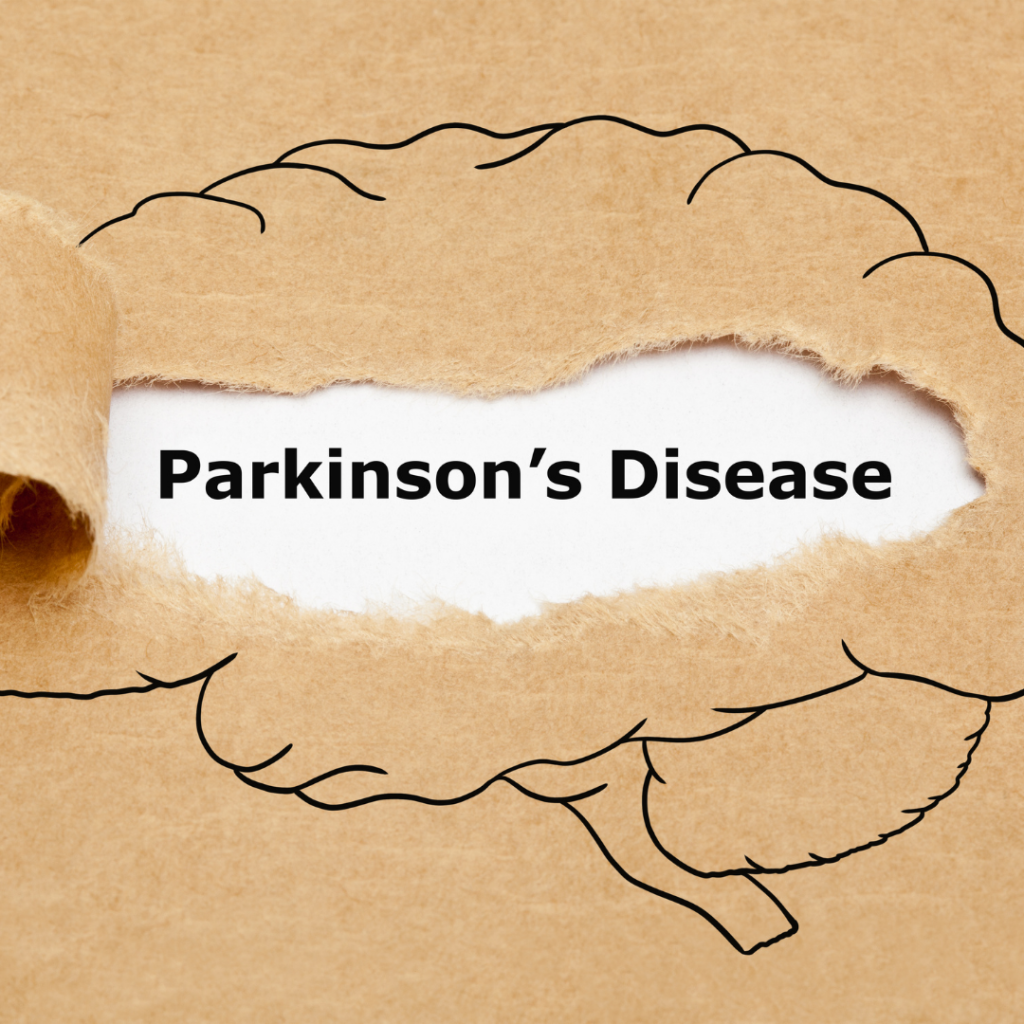Parkison’s disease is a progressive nervous system disorder that affects the movement of the body. In this disease, predominantly dopamine-producing (dopaminergic) neurons in a specific area of the brain called substantia nigra get affected.
Types of Parkinson’s Disease
- Multiple system atrophy (MSA)
2. Progressive supranuclear palsy (PSP)
3. Corticobasal syndrome (CBS)
4. Dementia with Lewy bodies (DLB)
5. Drug-induced parkinsonism (DP)
6. Vascular parkinsonism (VM)
Causes of Parkinson’s Disease
A combination of genetic and environmental factors are the cause of Parkinson’s disease (PD). The main finding of the brains of people with PD is the loss of dopaminergic neurons in the area of the brain known as the substantia nigra.
The genetic factor can cause about 10 to 15 percent of all Parkinson’s.
Some environmental factor exposure may lower the risk of PD but some may increase it. It includes head injury, area of residence, exposure to pesticides, and more.
Symptoms of Parkinson’s Disease
- Tremor – A tremor, or shaking, usually begins in a limb, often your hand or fingers
- Slowed movement (bradykinesia) – Parkison’s may slow your body movement, and making difficult in performing simple tasks.
- Rigid muscles – muscle stiffness can occur in any part of the body which can be very painful and limit your range of motion
- Writing changes – it may become hard to write, and your writing may appear small.
- Loss of automatic movements – you may have to face difficulty performing unconscious movements, including blinking, smiling, or swinging your arms while walking.
Prevention of Parkinson’s Disease
- Go organic
2. Eat fresh, raw vegetables
3. Incorporate omega-3 fatty acids into your diet
4. Vitamin D3
5. Green tea
6. Regular aerobic exercise
Diagnosis of Parkinson’s Disease
Your doctor may suggest a specific single-photon emission computerized tomography (SPECT) scan called a dopamine transporter scan (Da scan). Although this can help support the suspicion that you have Parkinson’s disease. Your doctor may order a test, such as blood tests, to rule out the other condition that may be causing the problem.
How can a family member help a Parkison’s patient
- Volunteer to help out
2. Get active
3. Help them feel normal
4. Take them for outing
5. Listen to them
6. Look for worsening symptoms
7. Always be patient
Treatment of Parkinson’s Disease
Parkinson’s can’t be cured. But its symptoms can get controlled by the medication. In some more advanced cases, surgery may be advised.

